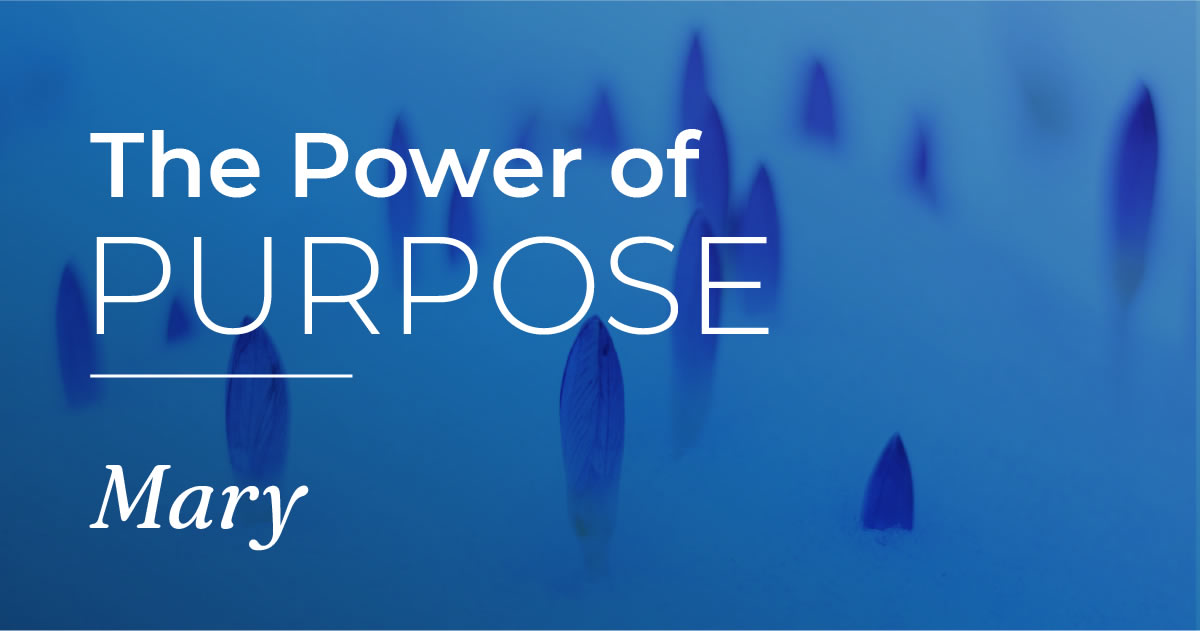10 Stories for 10 Years
The pathway to healing can look like one step forward and two steps back. Building resilience can help get you there.
That’s what happened when “Linda,” a 30-year-old Caucasian woman living with her parents in the Midwest, sought psychological help for severe distress from a past sexual assault. While processing her trauma, she began having serious thoughts of suicide. Her clinician remembers, “It was not that she wanted to die. She just didn’t want to live in the pain.”
The clinician was prepared and confident to introduce the CAMS Framework®, utilizing the Suicide Status Form to facilitate conversations about Linda’s overwhelming feelings of self-hate and desire to use her car as a means of harming herself. Together, they devised a stabilization plan to alter her commute, call friends on the road, and use grounding exercises to help her cope.
Linda was making strides toward gaining independence and self-worth, but she hit another bump in the road after an unexpected dental surgery. Her clinician learned that she had received a prescription for a potentially-lethal painkiller and was collecting pills in her medicine cabinet.
“It was because of the CAMS Framework® that I questioned her about the painkiller. There’s no way I would not have known about this additional means of suicide otherwise,” her clinician shares. They created a new stabilization plan to target the pills. With tremendous strength and courage, Linda got rid of the painkillers, creating space to continue on the road to healing by processing her trauma, gaining independence and self-worth, and, ultimately, living a life full of resilience and hope.

